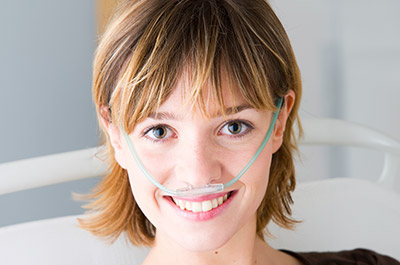Products &
Services
Breathe Easy, Live Better: Your Partner in Home Health Management.
Home Oxygen Therapy

Home Oxygen therapy is a treatment that involves the administration of oxygen to individuals who have low levels of oxygen in their blood, a condition known as hypoxemia. This therapy aims to increase the amount of oxygen available to the body’s tissues and organs, thereby improving oxygen delivery to vital organs and alleviating symptoms related to oxygen deficiency.
- Home oxygen therapy can improve the quality of life for individuals with chronic respiratory conditions by reducing symptoms such as shortness of breath, fatigue, and difficulty performing daily activities. It may be used continuously or intermittently, depending on the patient’s medical condition and oxygen requirement.
- Home oxygen therapy is typically prescribed for individuals with chronic respiratory conditions or other medical conditions that affect the lungs or respiratory system, such as Chronic Obstructive Pulmonary Disease (COPD), emphysema, Chronic Bronchitis, Pulmonary Fibrosis or Cystic Fibrosis.
- A healthcare provider evaluates the patient’s oxygen levels through blood tests and other diagnostic measures to determine if oxygen therapy is necessary. If deemed appropriate, a prescription for oxygen therapy is provided, specifying the flow rate and duration of oxygen use.
- Oxygen therapy can be provided using various devices, including oxygen concentrators, compressed gas cylinders (e.g., oxygen tanks), or portable oxygen concentrators. Oxygen concentrators are the most common option for long-term home use, as they extract oxygen from the surrounding air and deliver it to the patient through nasal cannulas or oxygen masks.
Using Oxygen Therapy Safely at Home
Proper Ventilation
Ensure that the room where oxygen is being used is well-ventilated to prevent the accumulation of oxygen and reduce the risk of fire.
No Smoking
Absolutely no smoking in areas where oxygen is in use. Oxygen supports combustion, and smoking near it can lead to a serious fire hazard.
Secure Equipment
Safely secure and place oxygen equipment to prevent accidental falls or damage. Ensure that oxygen tanks are stored upright and secured to prevent them from tipping over.
Regular Equipment Checks
Regularly inspect and maintain oxygen equipment, including tubing and connectors, to ensure they are in good condition. This includes checking for any signs of wear, damage, or malfunction that could compromise safety.
